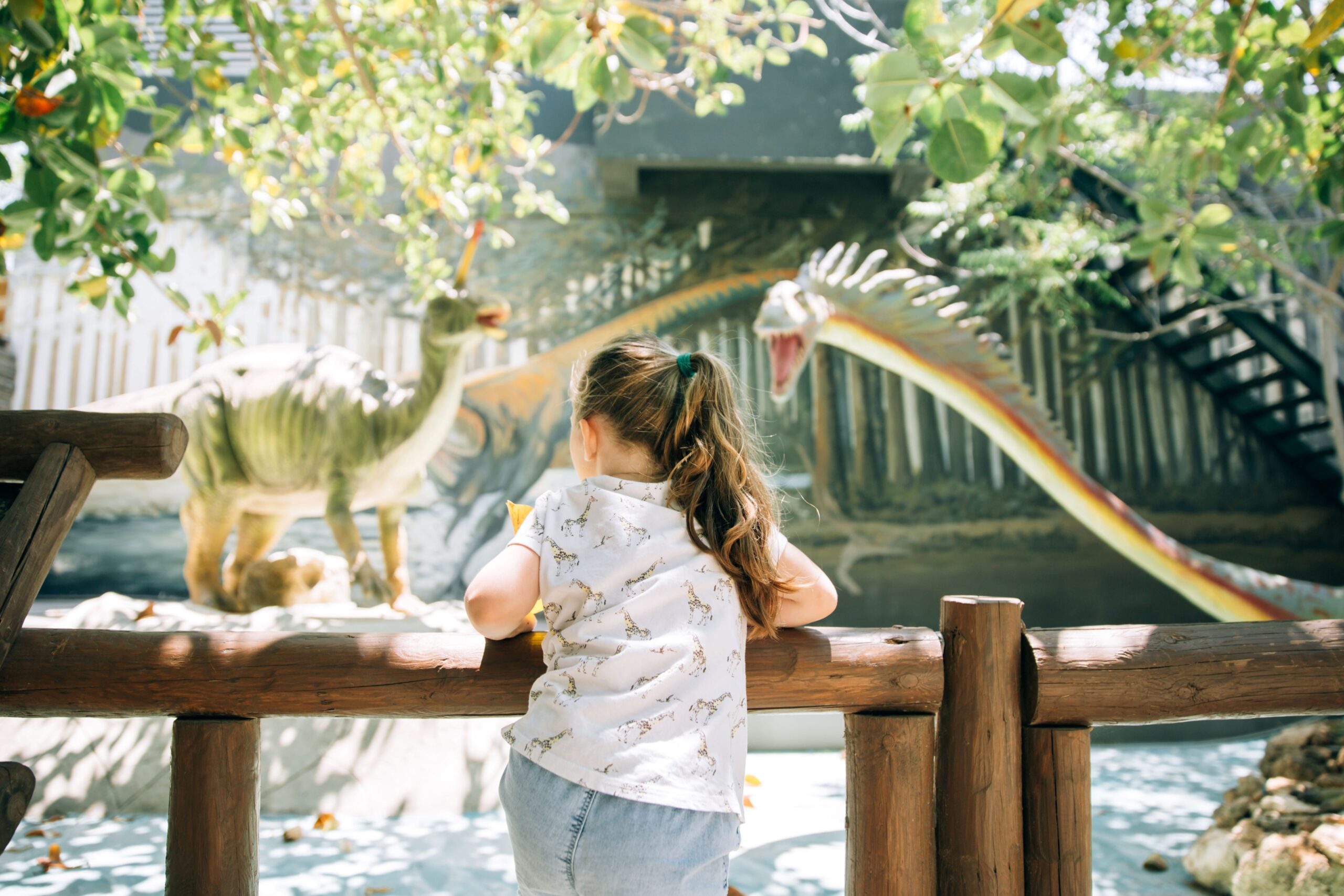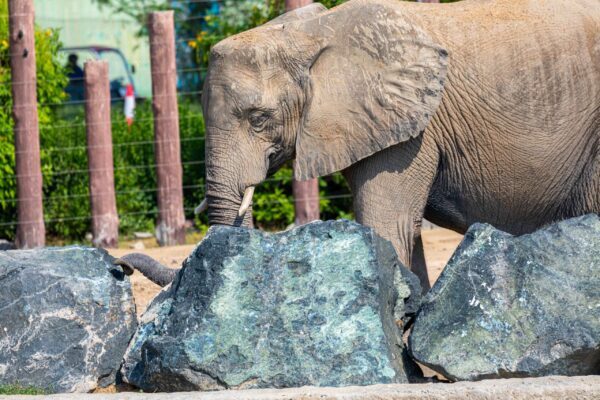Woodland Park Zoo is one of Seattle’s most beloved and visited places.
Located in the picturesque Phinney Ridge neighborhood, this zoo combines the functions of a science center, botanical garden, and wildlife center. Its history began in 1899, and since then, the zoo has not only developed but also set trends in the world of nature conservation exhibitions.
From Private Estate to Global Benchmark
The history of Woodland Park Zoo began with a private animal collection assembled on his estate by Canadian entrepreneur and lumber magnate Guy Phinney. After his death, his widow sold the land to the city of Seattle, and in 1899, a zoo was established on the site.
At the beginning of the 20th century, the park’s layout was entrusted to the renowned architectural firm Olmsted Brothers, thanks to which Woodland Park became part of a large-scale urban greening program.
However, the real breakthrough in the zoo’s development came in 1975, when director David Hancock introduced the concept of “immersive” exhibits. Instead of traditional cages, enclosures were created that imitated the natural habitat of animals with live plants, rocks, and soft background sounds. Although the idea was initially criticized, Woodland Park pioneered a new approach to animal husbandry, which later became the standard for zoos worldwide.
What Awaits Visitors
More than 900 animals of 250 species are housed on the 90-acre grounds. The zoo attracts more than a million visitors a year. You can see everything from Amur tigers to penguins, rhinos to giraffes. The zoo is also famous for its rich collection of plants, with over 7,000 trees and tens of thousands of shrubs and herbs.
Main exhibits
Tropical Asia is the largest zoo area. It is home to Indian rhinos, Malayan sun bears, orangutans, and even pythons. Each location is designed to reflect the animals’ natural habitat. Interestingly, elephants used to live in this area, but the elephant program was discontinued in 2015 and replaced by a rhino conservation project.
The African savannah is one of the most popular areas. Visitors can see giraffes, zebras, lions, and even a reconstruction of an East African village. This exhibit received the prestigious AZA award in 1981.
Australasia is a place to meet animals from Australia. Emus, wallabies, parrots, and snow leopards live here. Visitors can feed the parrots right from their hands.
The North American Northwest is an area inspired by the nature of Alaska and Washington State. Grizzly bears, wolves, mountain goats, and even bald eagles live here.
The Tropical Forest and temperate forest offer an introduction to the animal world of South America, Africa, and the temperate zone. Lemurs, gorillas, red pandas, cranes, and even mongooses live in enclosures that recreate their natural habitats.
The penguin house was renovated in 2009 and now runs on green energy. Here you can watch the penguins both on land and underwater.
Education and family
For children, Woodland Park has the Zoomazium, an indoor area with play and educational elements. There is also a 1918 solar carousel on the grounds, which has been carefully restored

and donated to the city.
The zoo actively collaborates with local schools and universities. Excursions, workshops, and environmental lectures are held. One of the town’s favorite events is the summer ZooTunes festival, which features concerts and raises funds for conservation programs.
Famous residents
One of the zoo’s most famous “residents” is a gorilla named Bobo, who lived here from 1953 to 1968. He became a real star of the city and helped the zoo get funding to build a new primate house. Other famous residents include Nabu, a lioness who gave birth to three cubs, and Yola, a baby gorilla born in 2015. In 2017, a giraffe named Lulu was born, and in 2022, two bear cubs from Alaska and Montana were brought here.
Conservation Mission
Woodland Park Zoo is actively involved in endangered species conservation programs. Together with the Oregon Zoo and federal agencies, it is working to restore populations of the western marsh turtle, the Oregon silverspot butterfly, and other rare animals. Information stands and interactive elements accompany many exhibits so visitors can better understand the importance of preserving biodiversity.

